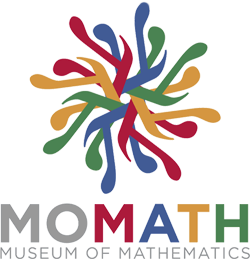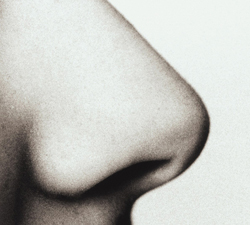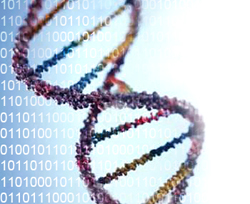
In the field of cryptography, eavesdropping is a major problem.
Imagine you’re talking on the phone with a good friend, both of you chatting away and assuming your personal information is safe, only to later discover that a third party had been eavesdropping the entire time.
Just like someone listening in on a phone conversation, eavesdropping often goes undetected in cryptography. Using classical key distribution, there’s no way for the sender or receiver to detect if the key has been intercepted en route. In this case, the participants just have to trust that the math used to hide the code is complex enough that it won’t be cracked. However, this is increasingly difficult to guarantee; with ever-faster computers and ever-smarter mathematicians, virtually no encryption key is safe.
For these and other reasons, classical key distribution is quickly being replaced by quantum key distribution. This newer cryptography protocol relies on the laws of physics rather than on mathematical conjectures to keep encryption keys private, meaning quantum key distributions should be infinitely harder to crack. Indeed, no one has been able to carry out a full field-implemented hack of QKD security—until now. Will it ever be possible to ensure that an encoded message is completely secure?
Get the full ScienceDaily article here.




